Femia > Health Library > Pregnancy > Pregnancy health > When to start perineal massage: A comprehensive guide
When to start perineal massage: A comprehensive guide
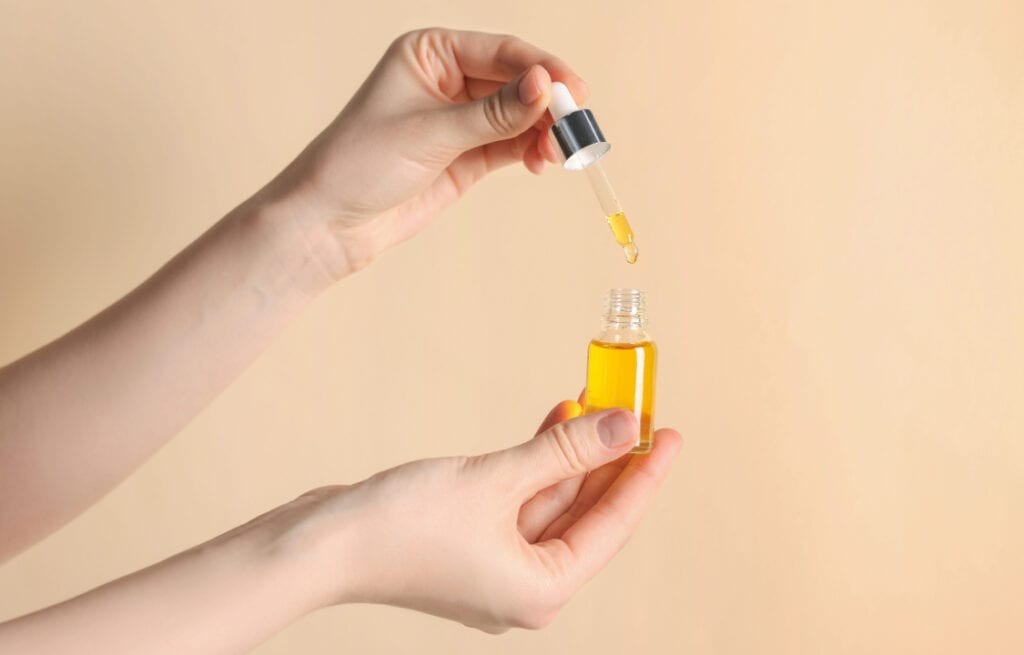
- Updated Feb 10, 2025
- Published
CRAFTED BY HUMAN
Crafted by human At Femia, we provide accurate and up-to-date information at every stage of your journey, from trying to conceive, pregnancy and postnatal support. All content is created by a real person based on in-depth research and own professional experience. Femia ensures that you will receive expert advice, strict accuracy and a personalized approach from our authors/medical experts. Learn more about our editorial policy.
FACT CHECKED
Fact checked At Femia Health, we maintain the highest standards of editorial excellence in delivering content focused on helping you conceive, guiding you through pregnancy, and supporting you postpartum. Explore our content review principles to learn how we ensure the accuracy and quality of our health and lifestyle tips for every stage of your journey.
Perineal massage around 34-36 weeks of pregnancy, may reduce the risk of tearing during childbirth, decrease the need for episiotomy, and cause less postpartum pain. The massage involves gently stretching the perineal tissues with lubricated fingers for 5-10 minutes several times a week, and it can be done at home.
There is nothing future mothers want more than for their baby’s safe delivery. But less perineal trauma for them is also a crucial point that most talk about today.
Perineal massage during pregnancy has long been used as a way to prepare the perineum for less traumatic delivery. It works by loosening the tight perineal muscles, softening and flexing the birth canal.
While now we can see a range of methods that follow the same goal, perineal massage remains one of the leading ones that healthcare midwives, doulas, and medical organizations recommend.
According to this meta-analysis, perineal massage successfully reduces the chances of perineal trauma during birth, helping new mothers recover faster and with less pain. The best thing about it is that you and your partner can do it.
Let’s explore perineal massage in detail, learning when to when to start perineal massage pregnancy and how exactly it helps.
designed just for you
Personalized meal plans, symptom tracking, and more with the Femia
What is a perineal massage?
Perineal massage is what the name suggests: the perineum is the area of tissue between the vagina and the anus—it is attached to the muscles supporting your reproductive organs, bowels, and bladder, which is called the pelvic floor.
Perineal massage is the process of manipulating and stretching the perineal tissue using one or two fingers. The goal of this massage is to prepare these tissues, so they can more easily stretch over your baby’s head and body during vaginal delivery. This massage can be performed at home by yourself or with the help of your partner.
👉Find out more: Your pregnancy checklist: Week-by-week guide to preparing for baby
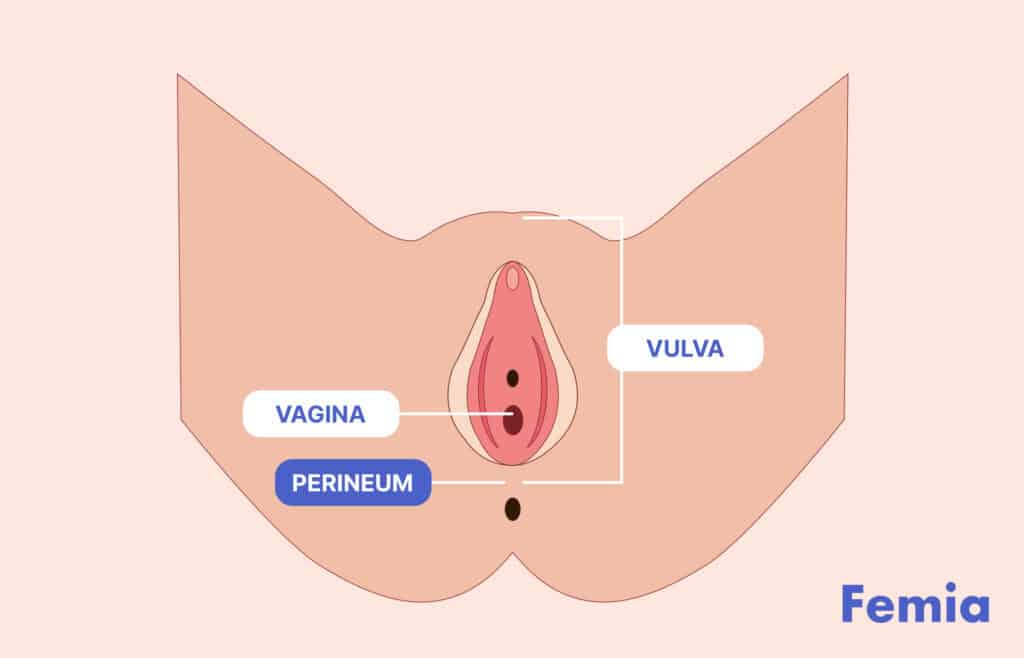
When to start perineal massage during pregnancy?
The best time to start perineal massage is in the third trimester—more specifically, about 34 weeks of your pregnancy until delivery. At this stage, the baby is usually well-developed and close to full term (37 weeks and beyond). It is recommended to do it twice a week until birth. However, you can do it daily if you’d like to.
Why shouldn't you start perineal massage before 34 weeks?
The main reason not to begin the perineal massage before 34 weeks in pregnancy is because the general advice regarding the perineal massage was stated late during this full-term pregnancy. It ensures that the massage is done at a more optimal and non-problematic time closer to the full term of the pregnancy.
- Uterine contractions. Physical stimulation of the area during perineal massage can inadvertently result in contractions in the uterus.
- Cervical ripening. Since the massage involves physical stimulation around the area, it may inadvertently lead the woman to have cervical ripening—the event in which the cervix softens, thins, and dilates in preparation for delivery.
- Hormonal changes. Manipulation of the perineal may affect hormonal activity increasing the release of oxytocin, hormone that causes the uterus to contract.
Women with vaginal herpes, thrush, vaginal infection and with severe blood pressure problems in pregnancy should avoid also doing perineal massage. It is always best to visit a health care provider to verify the safety of the perineal massage in your specific case.
3 key benefits of perineal massage
1. Reduced tearing
Perineal massage can greatly reduce the chances of tearing during childbirth by gradually stretching and preparing the perineal tissues. This practice has been shown to make tissues more supple and able to handle the pressure and stretching occurring during delivery.
2. Increased elasticity
Such massage increases the elasticity of the perineal tissues and encourages increased blood flow and tissue flexibility – which can contribute to less traumatic and smoother vaginal delivery. Regular massage makes tissues more elastic and relaxed so they can stretch easier during the baby’s passage through the birth canal, thereby reducing discomfort and the risk of injury.
3. Episiotomy prevention
Perineal massage may also potentially decrease the rate of episiotomy – a surgical cut made at the opening of the vagina during childbirth – in case of difficult delivery and to prevent severe tearing. Preparing the perineal tissues and increasing their elasticity in advance helps reduce the likelihood of requiring an episiotomy, contributing to a more natural and less interventionist birthing process.
👉Find out more: Reverse Kegels: What they are, how to do them, and their benefits
How to do perineal massage?
1. Wash your hands thoroughly
First things first, ensure your partner’s hands or hands are clean to prevent any infection.
2. Find a comfortable position
Depending on who will perform the massage, you may want to either sit or recline with your legs apart. Consider propping yourself up with pillows for added support.
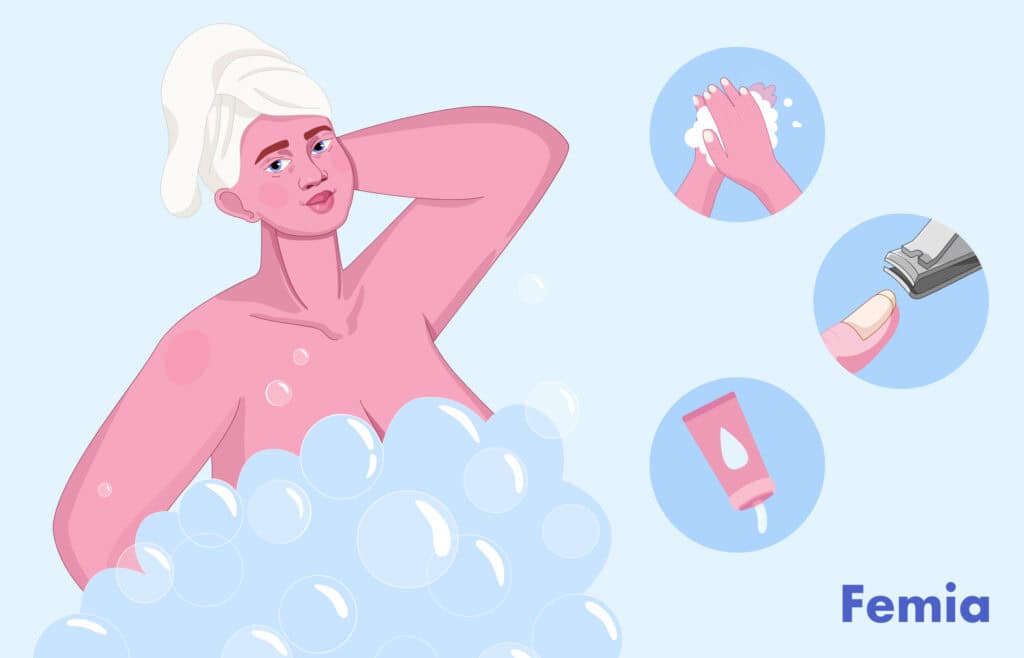
3. Use a natural oil for lubrication
Please ensure you don’t have any allergies to natural oils—if you are allergic, consult a healthcare provider for a safer alternative. You may consider using oils like vitamin E oil or almond oil applied to your thumbs and the perineal area. This helps reduce friction and make the massage more comfortable.
4. Insert your thumbs
Gently insert thumbs about 1-2 inches into the vagina. If you’re having difficulty, use a mirror to help with visibility.
5. Press downwards and to the sides
Gently insert thumbs about 1-2 inches into the vagina. If you’re having difficulty, use a mirror to help with visibility.
6. Hold the stretch
Hold this stretch for about 1-2 minutes. This helps the tissues to become more elastic.
7. Massage in a U-Shape
After holding the stretch, start massaging the lower part of the vaginal opening in a U-shaped motion. This involves moving your thumbs from side to side in a “U” shape.
8. Continue the massage
Perform the massage for about 5-10 minutes. Try doing this massage every day or several times a week for best results.
designed just for you
Personalized meal plans, symptom tracking, and more with the Femia
Partner involvement to the massage
Involving your partner in perineal massage can enhance the experience and strengthen your bond during pregnancy. Communication is key; discuss your comfort levels and preferences beforehand to ensure you both feel at ease. Your partner can help by gently massaging the perineal area with warm oil, using slow, steady pressure to promote relaxation. This not only helps prepare the perineum for childbirth but also creates an intimate moment between you, allowing for shared connection and support as you approach labor. Additionally, your partner’s involvement can provide emotional reassurance, making the process more enjoyable and beneficial for both of you.
When should not I do perineal massage?
While perineal massage can be beneficial, there are certain situations when it’s best to avoid it. If you have a medical condition such as an infection, a history of preterm labor, or any complications during pregnancy, consult your healthcare provider before attempting perineal massage. Additionally, if you experience discomfort, pain, or bleeding during the process, stop immediately and seek guidance from your doctor. It’s essential to prioritize your health and the safety of your baby, so always listen to your body and discuss any concerns with your healthcare professional before proceeding with perineal massage.
Tips for comfort
Use a mirror. A mirror is useful for navigating you, making the massage easier and more precise when doing it on your own.
Ask for assistance. If you find it difficult to perform the massage yourself, consider asking your partner to help you.
Relax the muscles. You may want to massage the perineal muscles after a warm bath since it greatly helps relax them, making the process more comfortable and effective.
Always consult with your healthcare provider before starting any new prenatal activities.
Other method to make giving birth more comfortable
In addition to perineal massage, several other methods can enhance comfort during labor and delivery:
Breathing techniques: Practicing deep breathing and focused breathing exercises can help manage pain and reduce anxiety. Techniques like Lamaze or patterned breathing can be particularly beneficial.
Position changes: Experimenting with different labor positions, such as kneeling, squatting, or using a birthing ball, can relieve pressure and make contractions more manageable. Finding a position that feels comfortable can also help facilitate the baby’s descent.
Hydrotherapy: Using water during labor, whether in a shower or a birthing tub, can provide soothing relief and help ease muscle tension. Warm water can promote relaxation and may reduce the perception of pain.
Massage and counterpressure: Partner or doula-assisted massage can alleviate discomfort during contractions. Applying counterpressure to the lower back can be especially helpful in managing back labor.
Heat or cold therapy: Using heat packs or cold compresses can provide localized relief. Heat can help relax muscles, while cold can reduce swelling and numb pain.
Distraction techniques: Engaging in activities such as listening to music, watching videos, or using visualization can help shift focus away from pain and create a more positive atmosphere during labor.
Support system: Having a supportive partner, family member, or doula present can offer emotional reassurance and practical assistance, enhancing your comfort throughout the birthing process.
By incorporating these methods alongside perineal massage, you can create a more comfortable and empowering birth experience.
Questions from the Femia community
Why can't you do a perineal massage before 34 weeks?
Doctors recommend to start doing perineal massage at around 34-36 weeks as there will be enough time to prepare perineal tissues for labor. Consult a healthcare provider to get a tailored approach.
How often should I do perineal massage?
There is no rule on how often you should do this massage. However, it is generally recommended to do it at least twice a week, starting from 34 weeks of pregnancy and till the childbirth.
What type of oil should I use for perineal massage?
It is best to consult a healthcare provider to ensure you have chosen an oil you are not allergic to. Generally, it is advised to use natural oils like vitamin E oil, almond oil, or even olive oil to make the massage more comfortable.
Does perineal massage hurt?
A perineal massage should not hurt, though it may cause some sort of discomfort or a stretching sensation. If you feel pain, consult an obstetric care provider.
The bottom line
Perineal massage helps reduce the risk of tearing during childbirth by improving the elasticity of the perineum. It can also help decrease the need for an episiotomy and reduce postpartum pain. This massage is generally recommended to be started in about 34 or 35 pregnancy weeks.
The process involves gently stretching the perineal tissues using lubricated fingers for about 5-10 minutes a few times a week. Always consult your healthcare provider in advance to get personalized guidance.
References
- Venugopal, Vijayakumar, et al. “Perineal Massage for Prevention of Perineal Trauma and Episiotomy during Labor: A Systematic Review and Meta-Analysis.” Journal of Family and Reproductive Health, vol. 16, no. 3, 6 Sept. 2022, pp. 162–169, jfrh.tums.ac.ir/index.php/jfrh/article/view/2022, https://doi.org/10.18502/jfrh.v16i3.10575.
- Álvarez-González, María, et al. “Perineal Massage during Pregnancy for the Prevention of Postpartum Urinary Incontinence: Controlled Clinical Trial.” Medicina, vol. 58, no. 10, 19 Oct. 2022, p. 1485, https://doi.org/10.3390/medicina58101485. Accessed 28 Jan. 2023.
- Milka, Weronika, et al. “Antenatal Perineal Massage – Risk of Perineal Injuries, Pain, Urinary Incontinence and Dyspereunia – a Systematic Review.” Journal of Gynecology Obstetrics and Human Reproduction, vol. 52, no. 8, 1 Oct. 2023, p. 102627, www.sciencedirect.com/science/article/pii/S2468784723000946, https://doi.org/10.1016/j.jogoh.2023.
- Venugopal, Vijayakumar, et al. “Perineal Massage for Prevention of Perineal Trauma and Episiotomy during Labor: A Systematic Review and Meta-Analysis.” Journal of Family and Reproductive Health, vol. 16, no. 3, 6 Sept. 2022, pp. 162–169, jfrh.tums.ac.ir/index.php/jfrh/article/view/2022, https://doi.org/10.18502/jfrh.v16i3.10575.
- “Can Vaginal Tears during Childbirth Be Prevented?” Mayo Clinic, 2024, www.mayoclinic.org/healthy-lifestyle/labor-and-delivery/expert-answers/preventing-vaginal-tearing-during-childbirth/faq-20416226#:~:text=This%20is%20called%20perineal%20massage. Accessed 15 July 2024.
- “Can Vaginal Tears during Childbirth Be Prevented?” Mayo Clinic, 2024, www.mayoclinic.org/healthy-lifestyle/labor-and-delivery/expert-answers/preventing-vaginal-tearing-during-childbirth/faq-20416226#:~:text=This%20is%20called%20perineal%20massage. Accessed 15 July 2024.
- “Perineal Massage in the Weeks Leading up to Delivery Helps Some Women Avoid Episiotomy.” BMJ : British Medical Journal, vol. 332, no. 7542, 2006, p. 0, www.ncbi.nlm.nih.gov/pmc/articles/PMC1403252/.
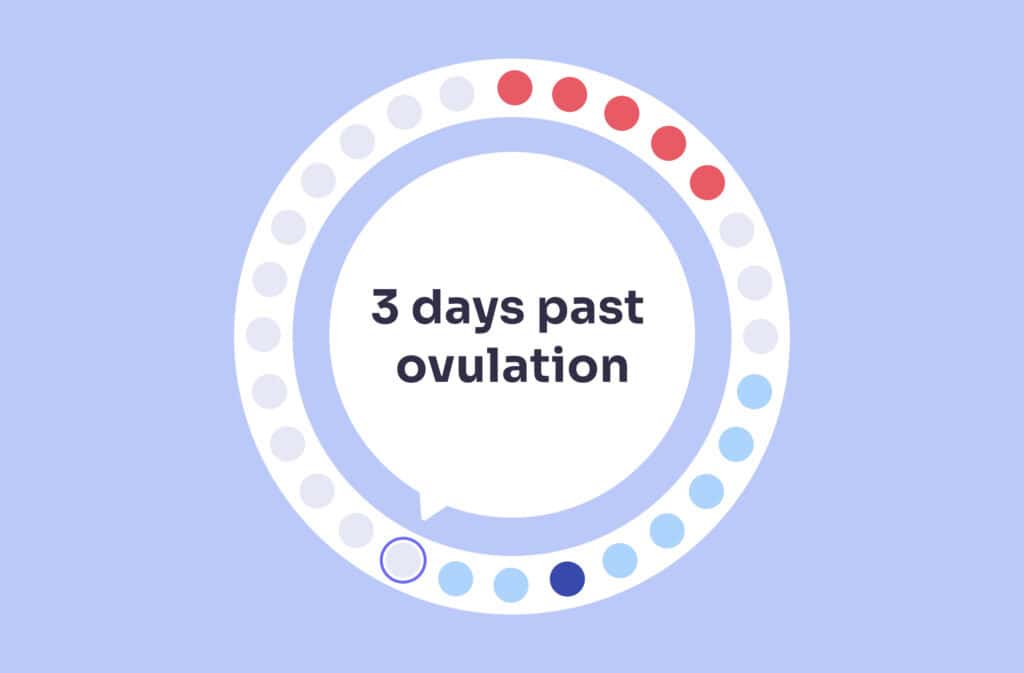
Explore potential symptoms at 3 days past ovulation (3 DPO) and learn what changes might occur. Discover why testing at this stage might not be accurate yet. Expert advice from Femia.
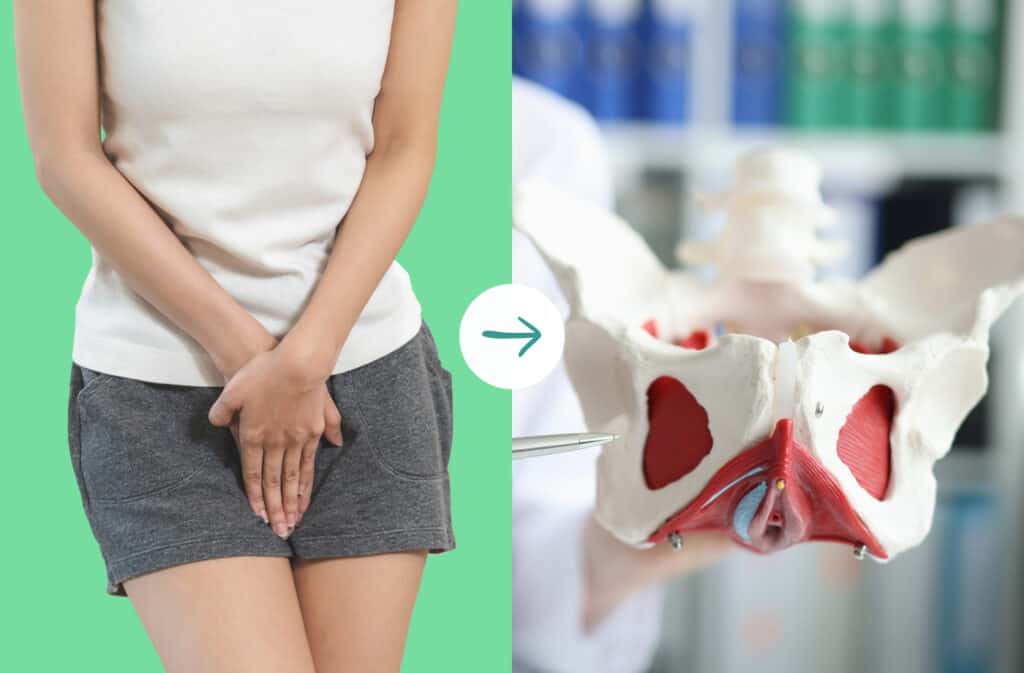
Click to understand the symptoms and possible causes of a hypertonic pelvic floor. Find your treatment strategy to relieve hypertonicity and improve your pelvic health.
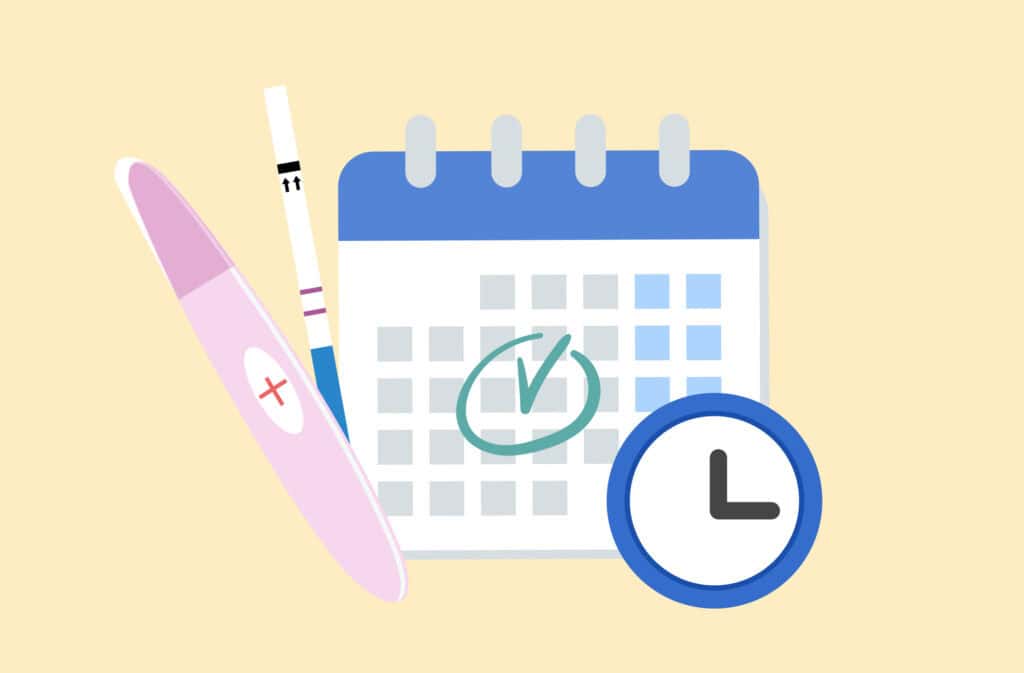
Can you get pregnant without ovulation? Learn how ovulation affects pregnancy chances, the importance of the fertile window, and what happens if you’re not ovulating.

